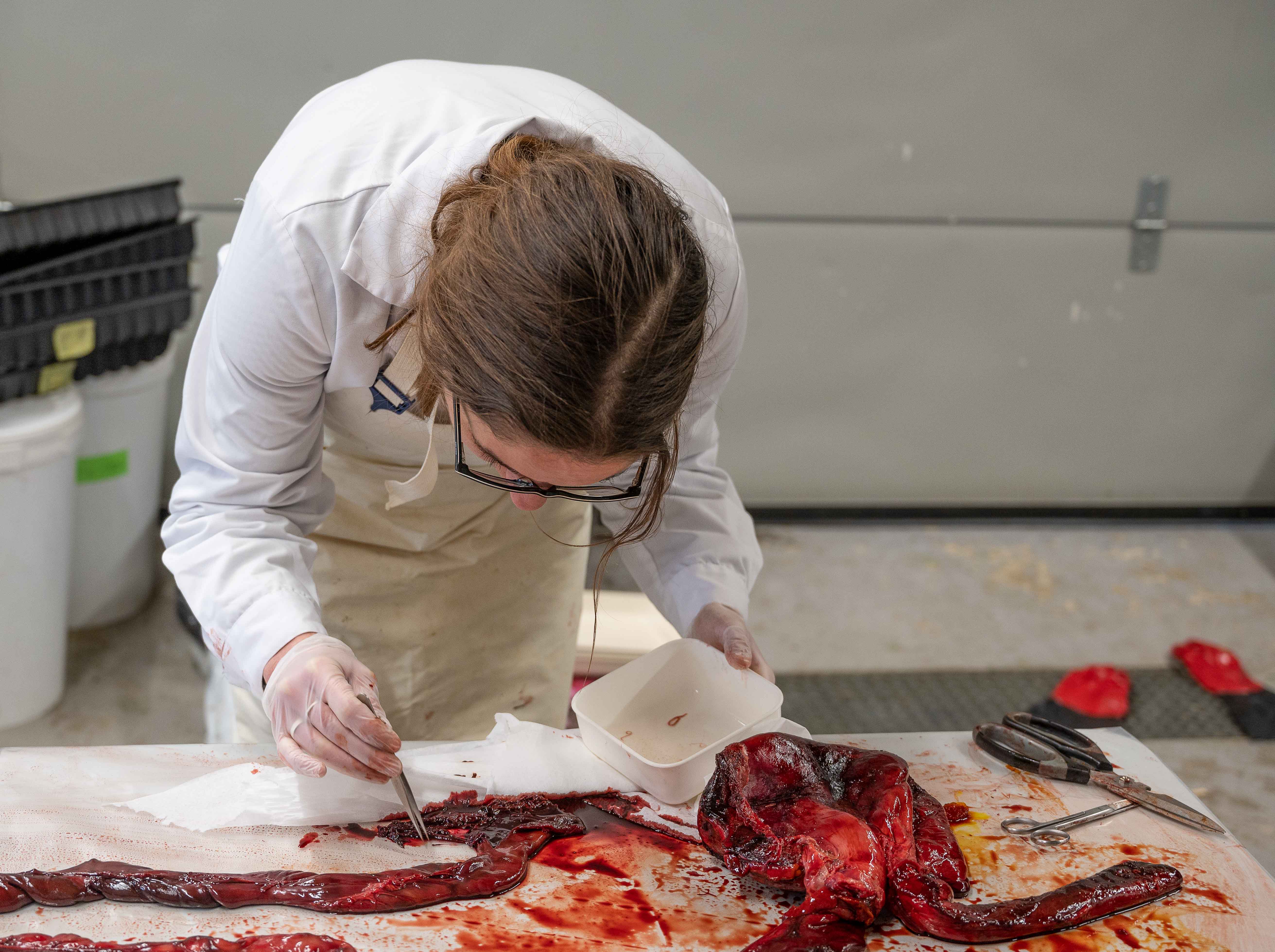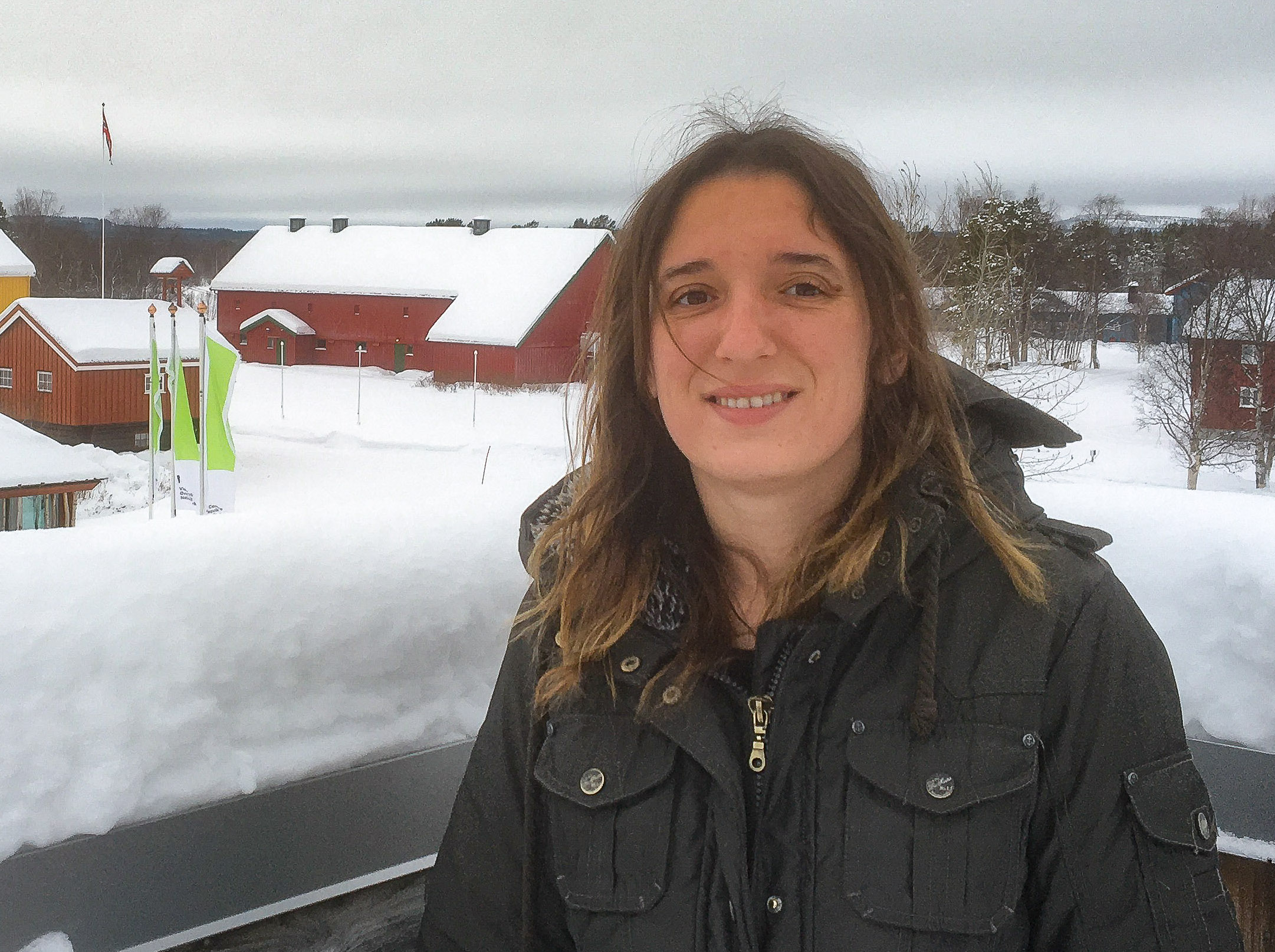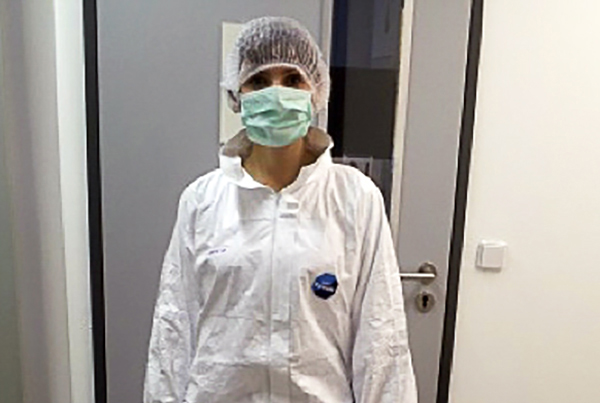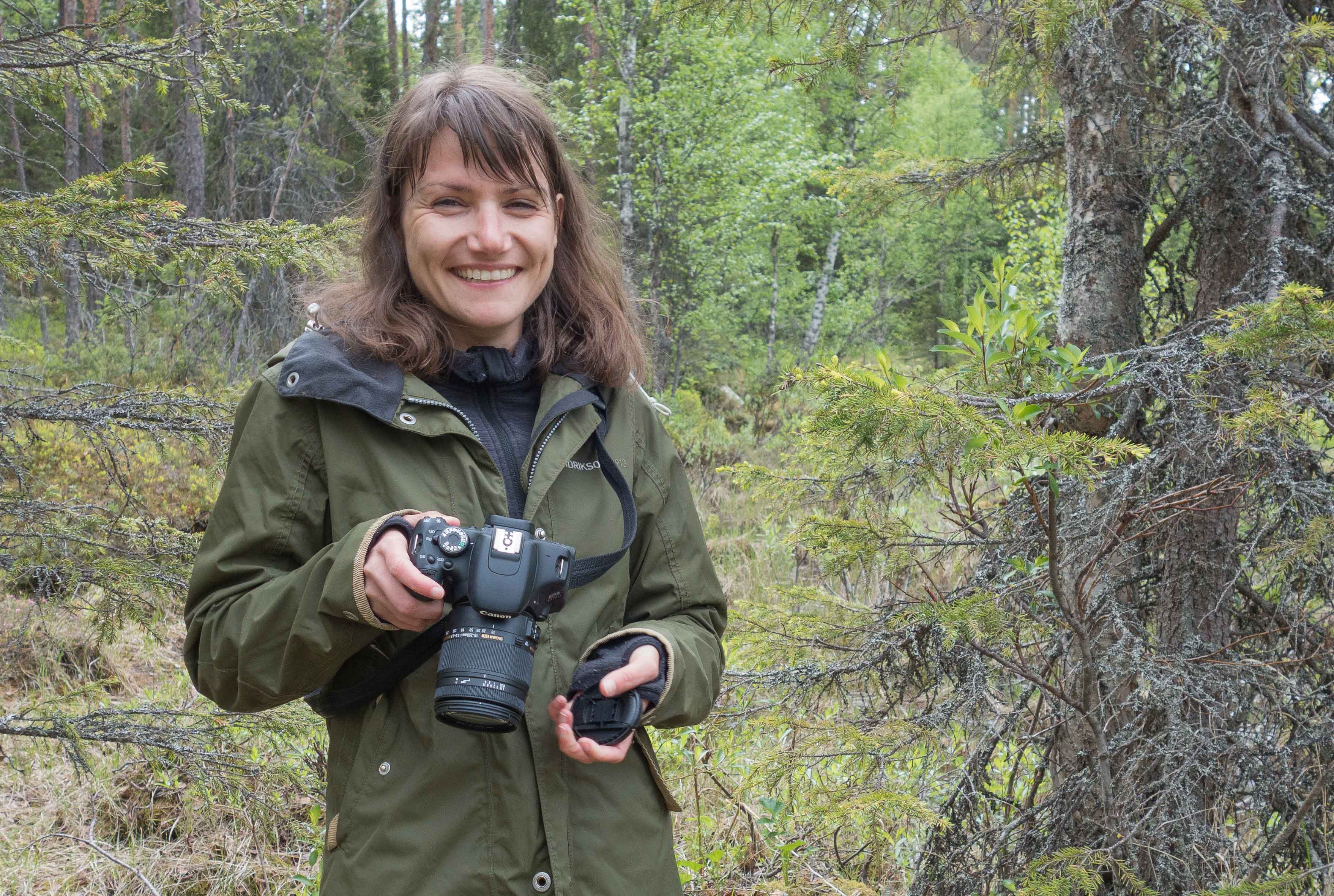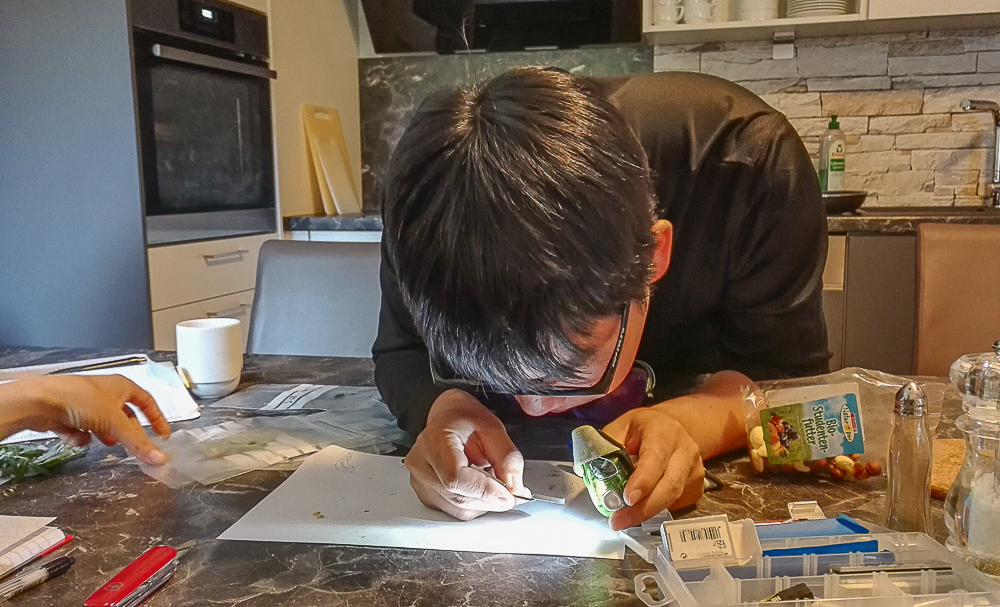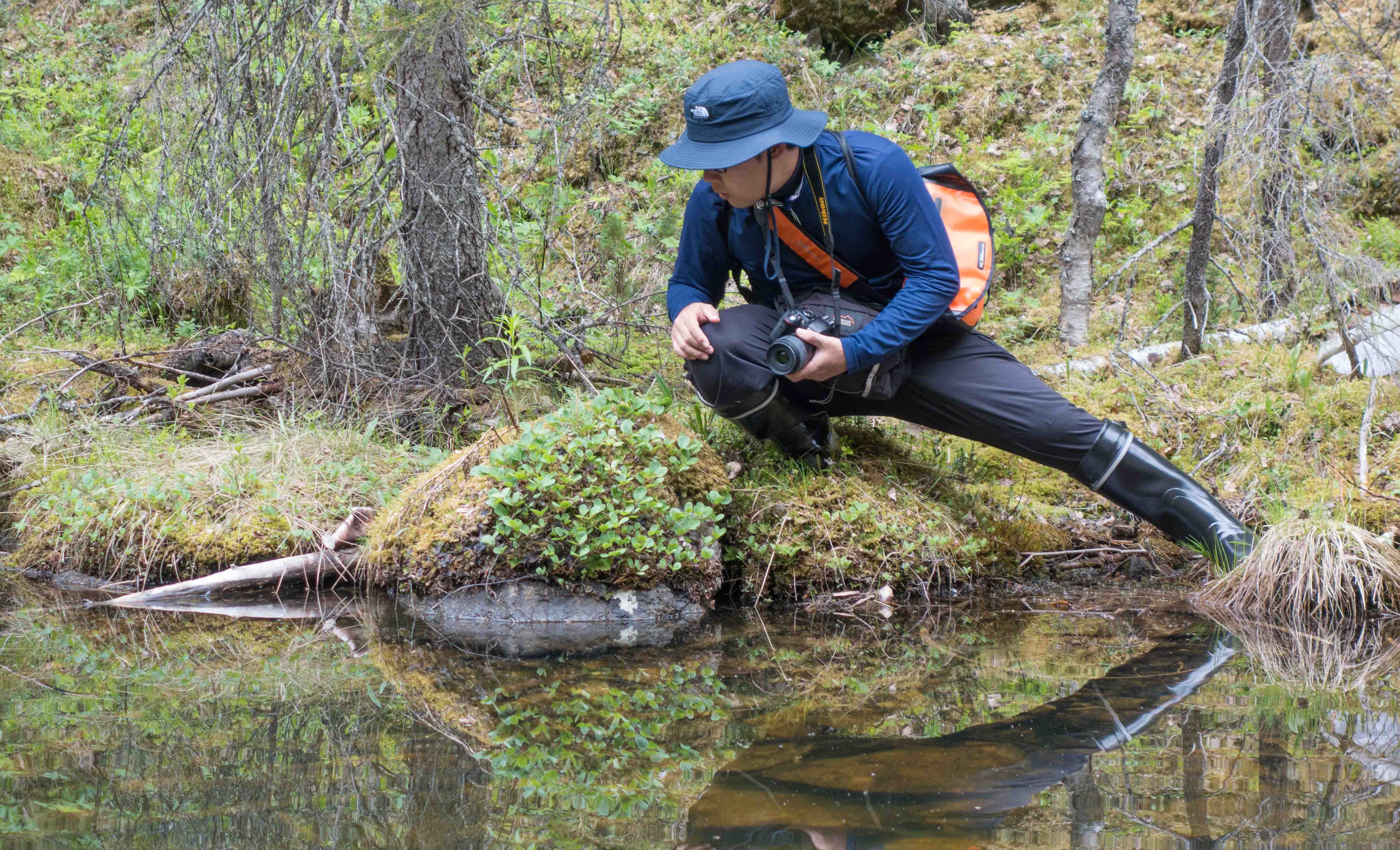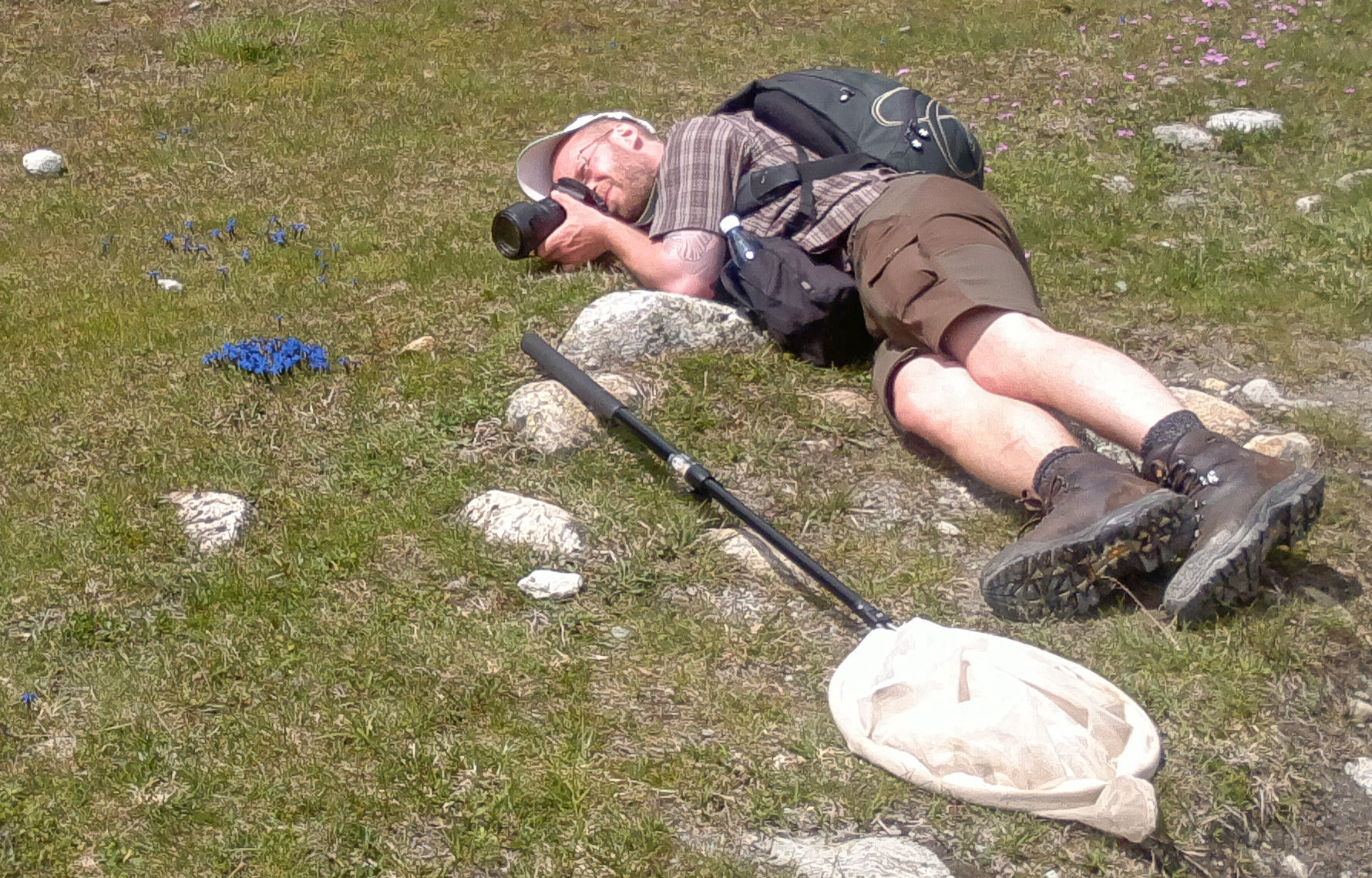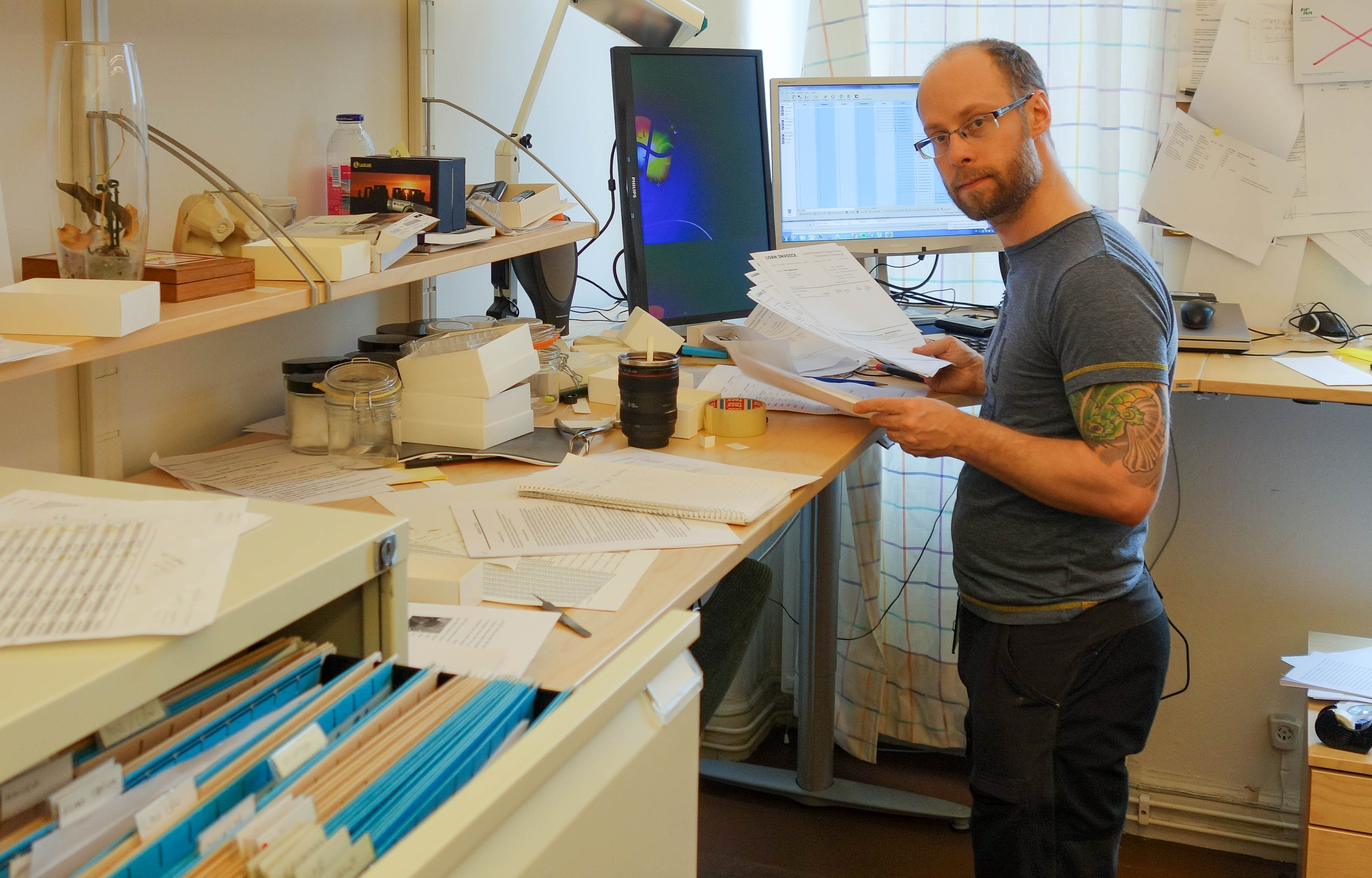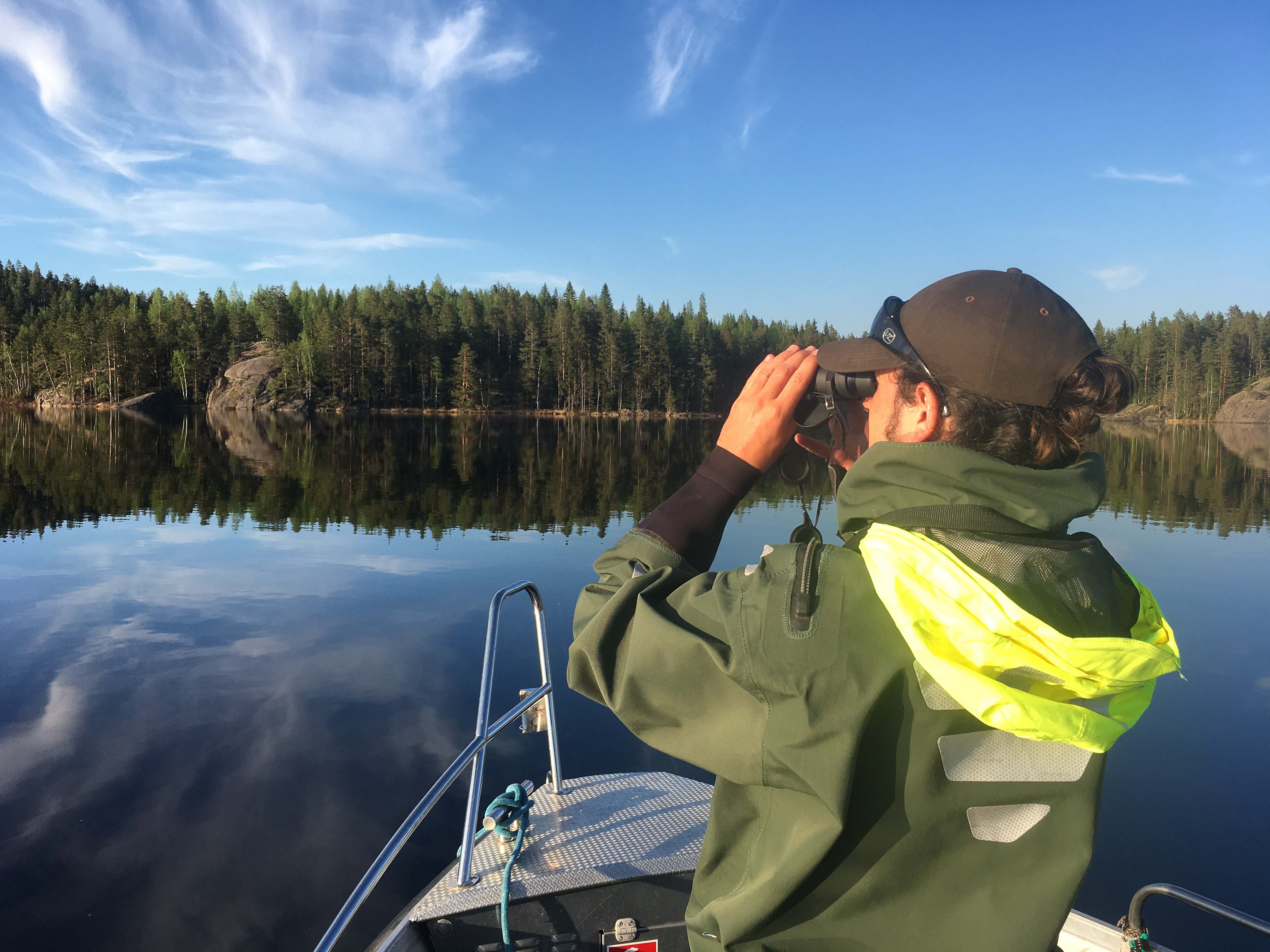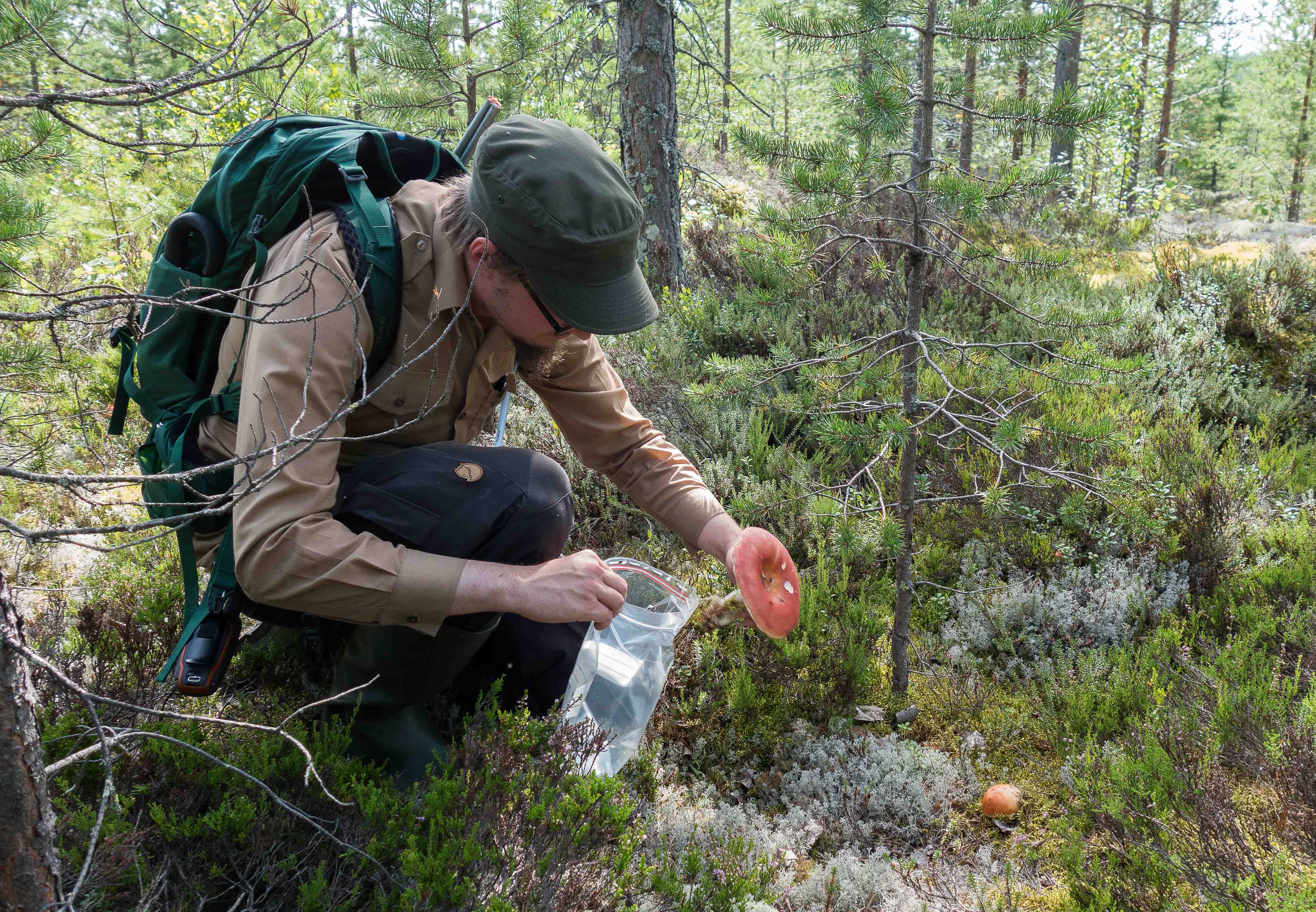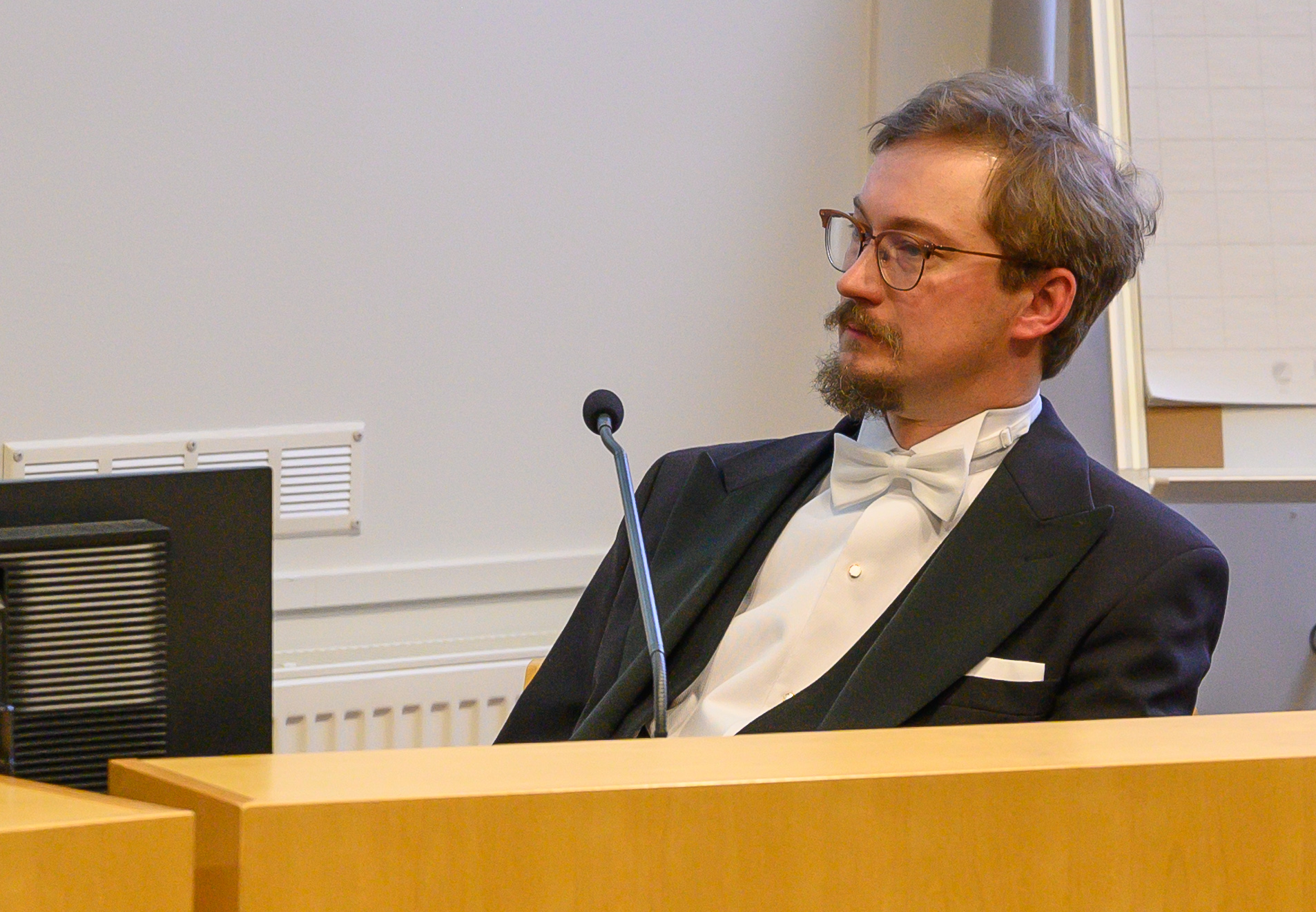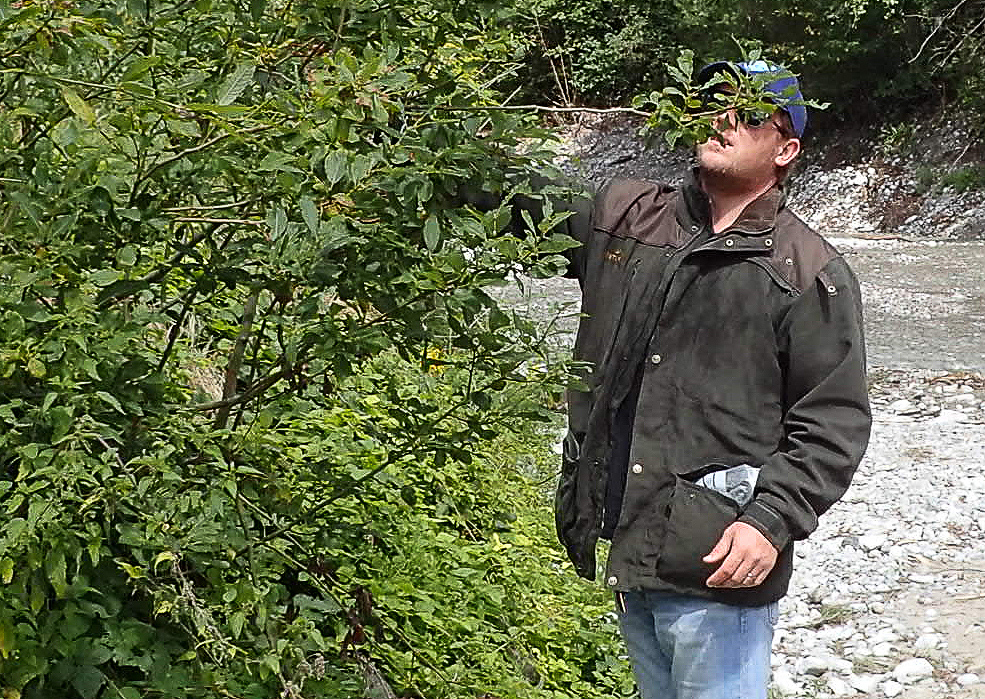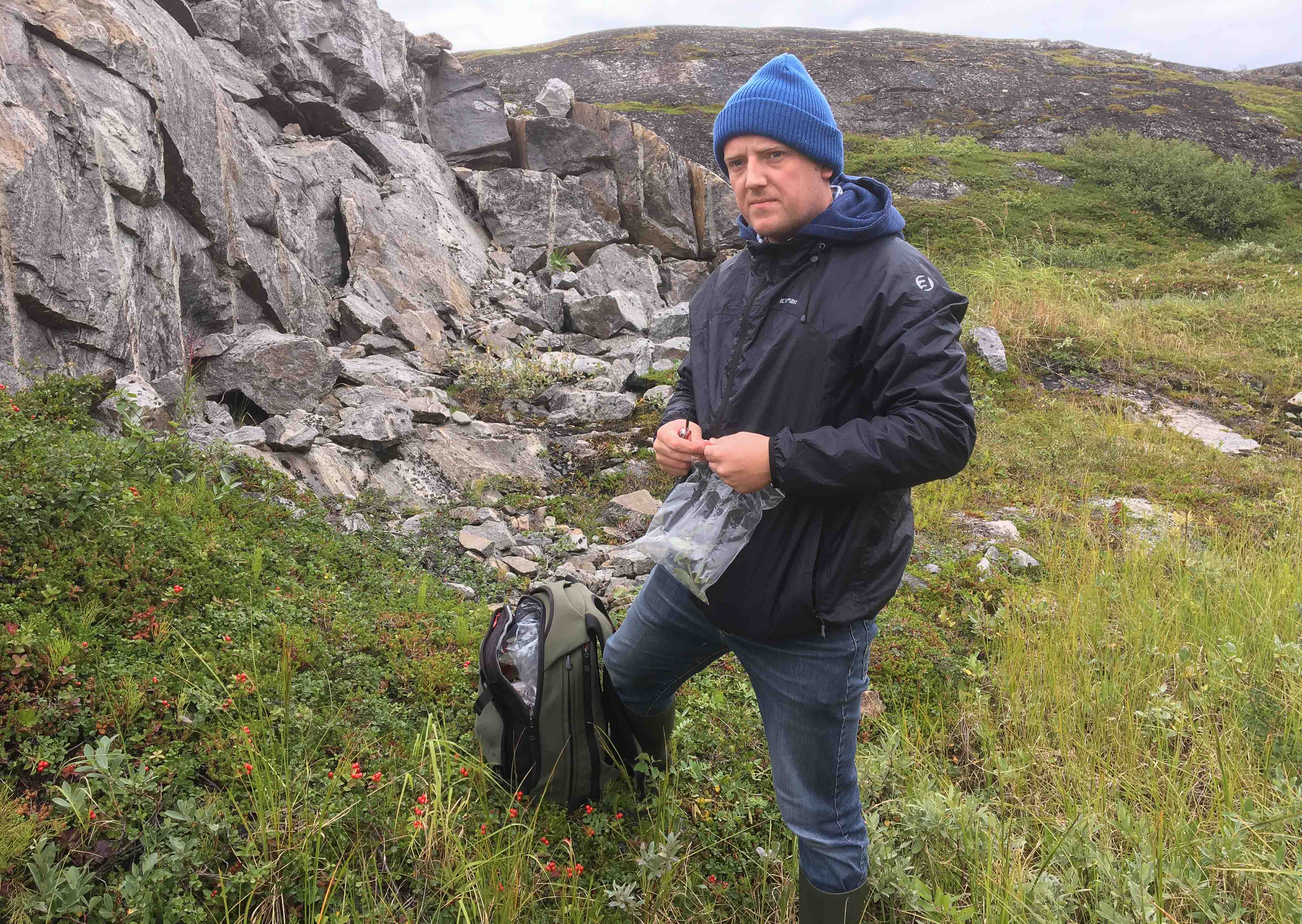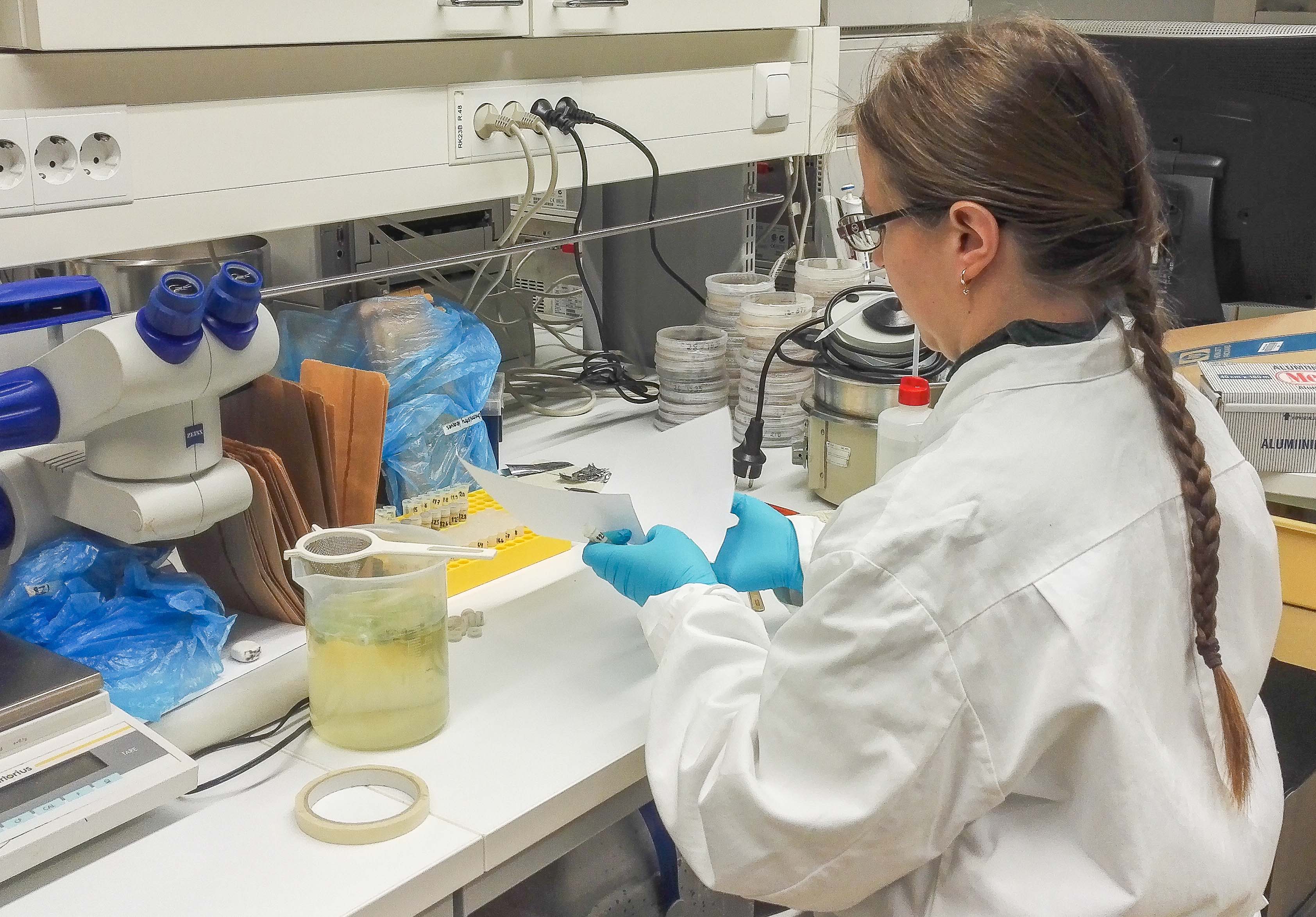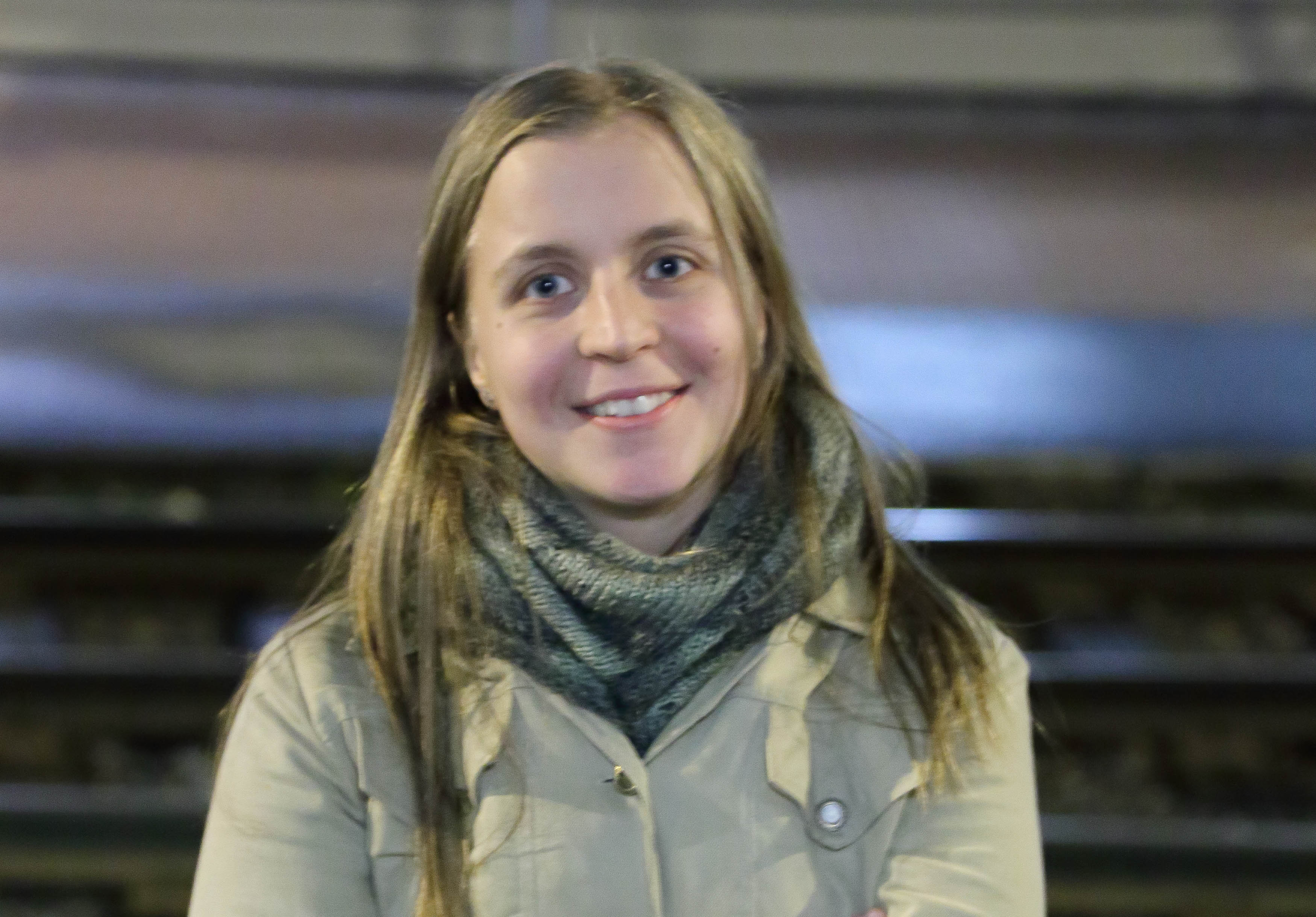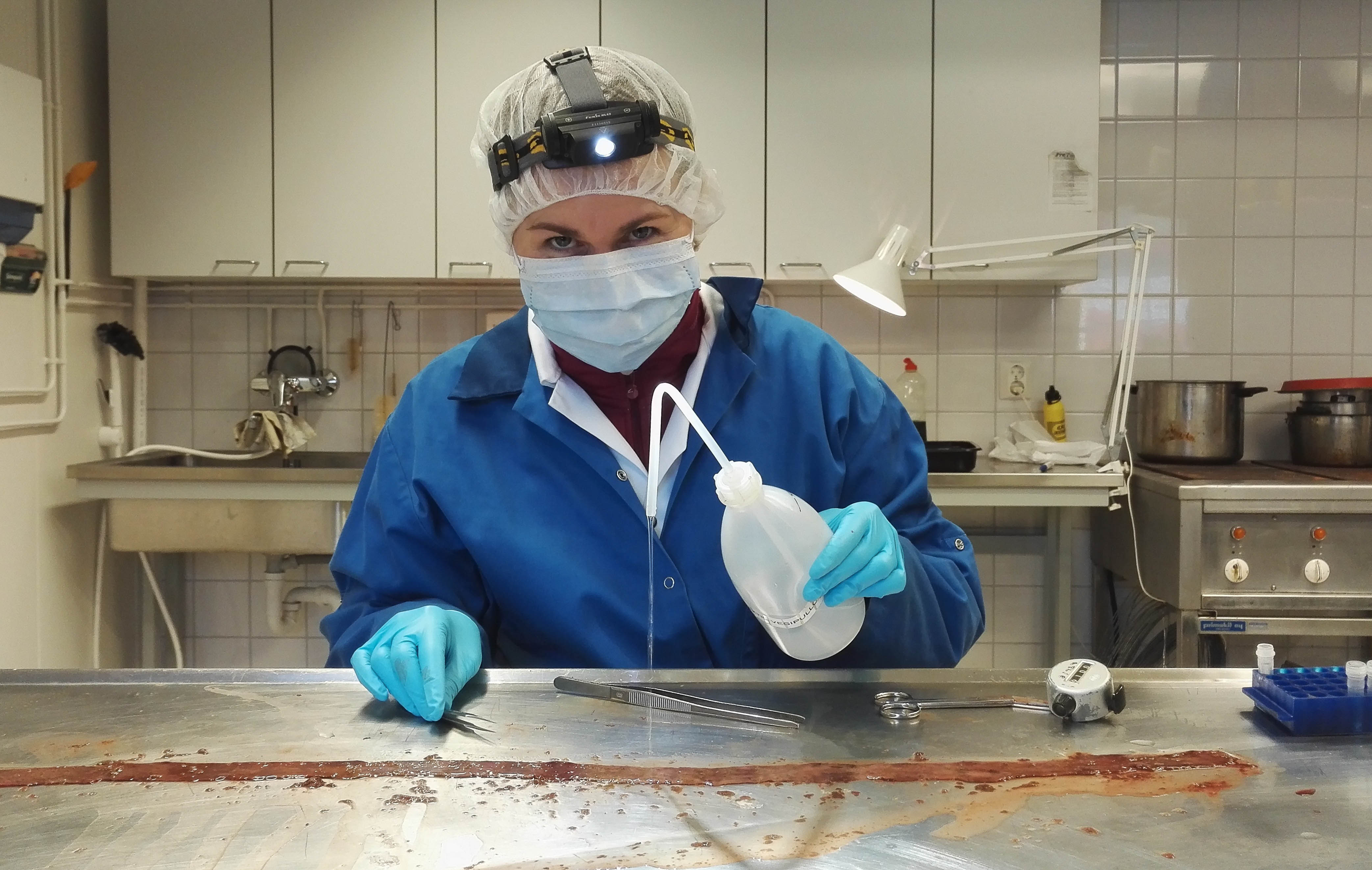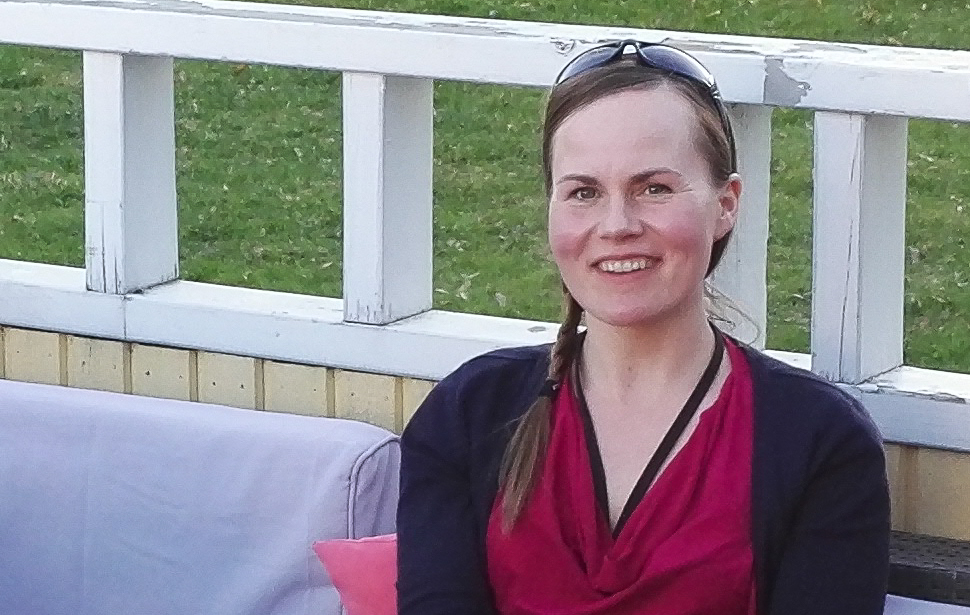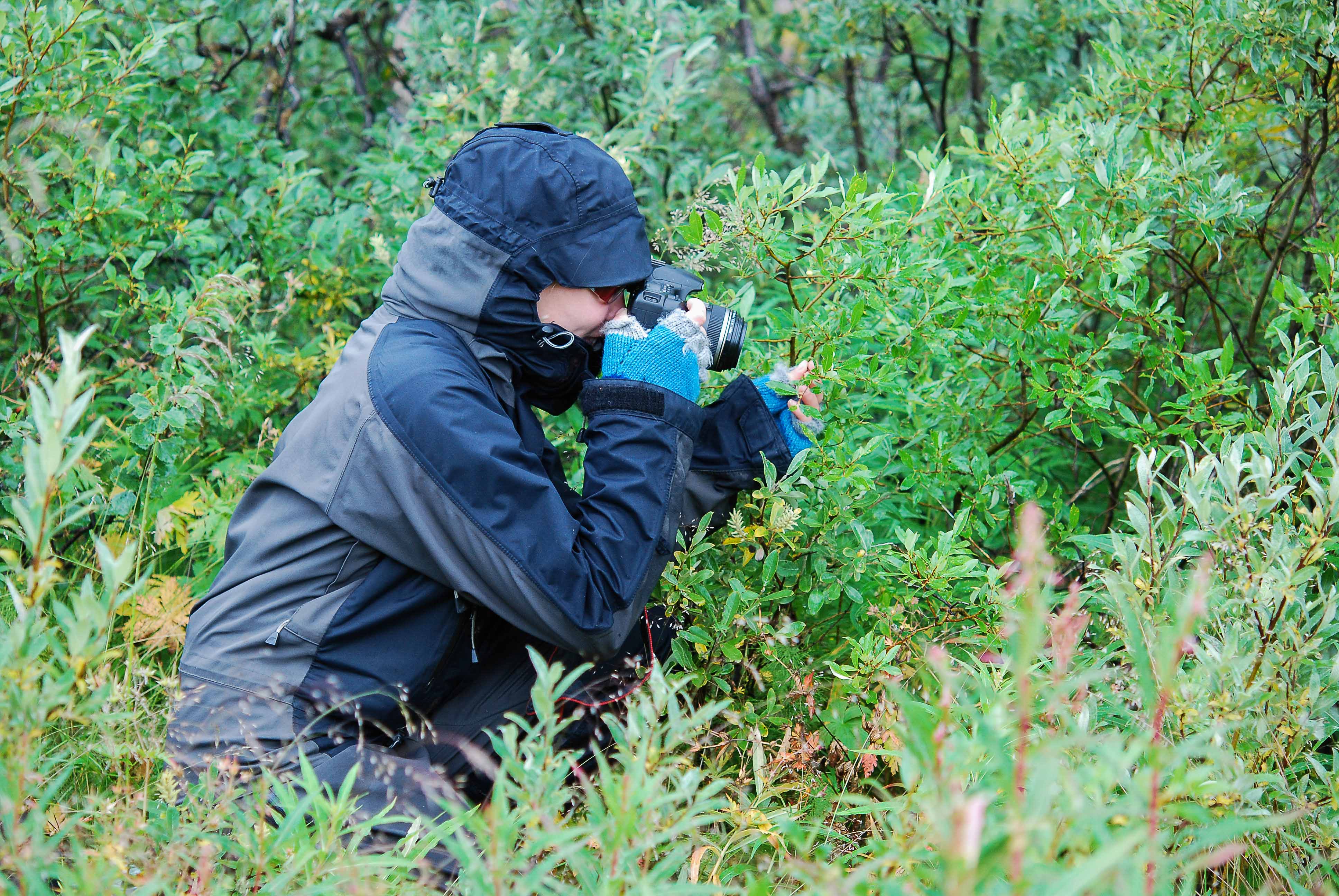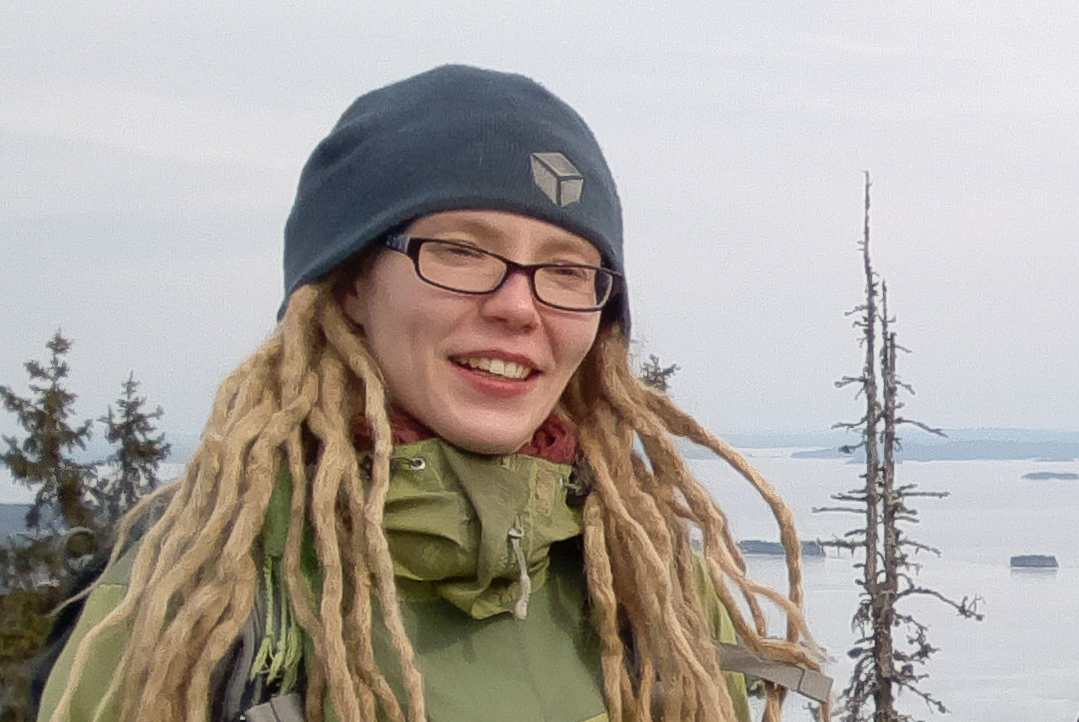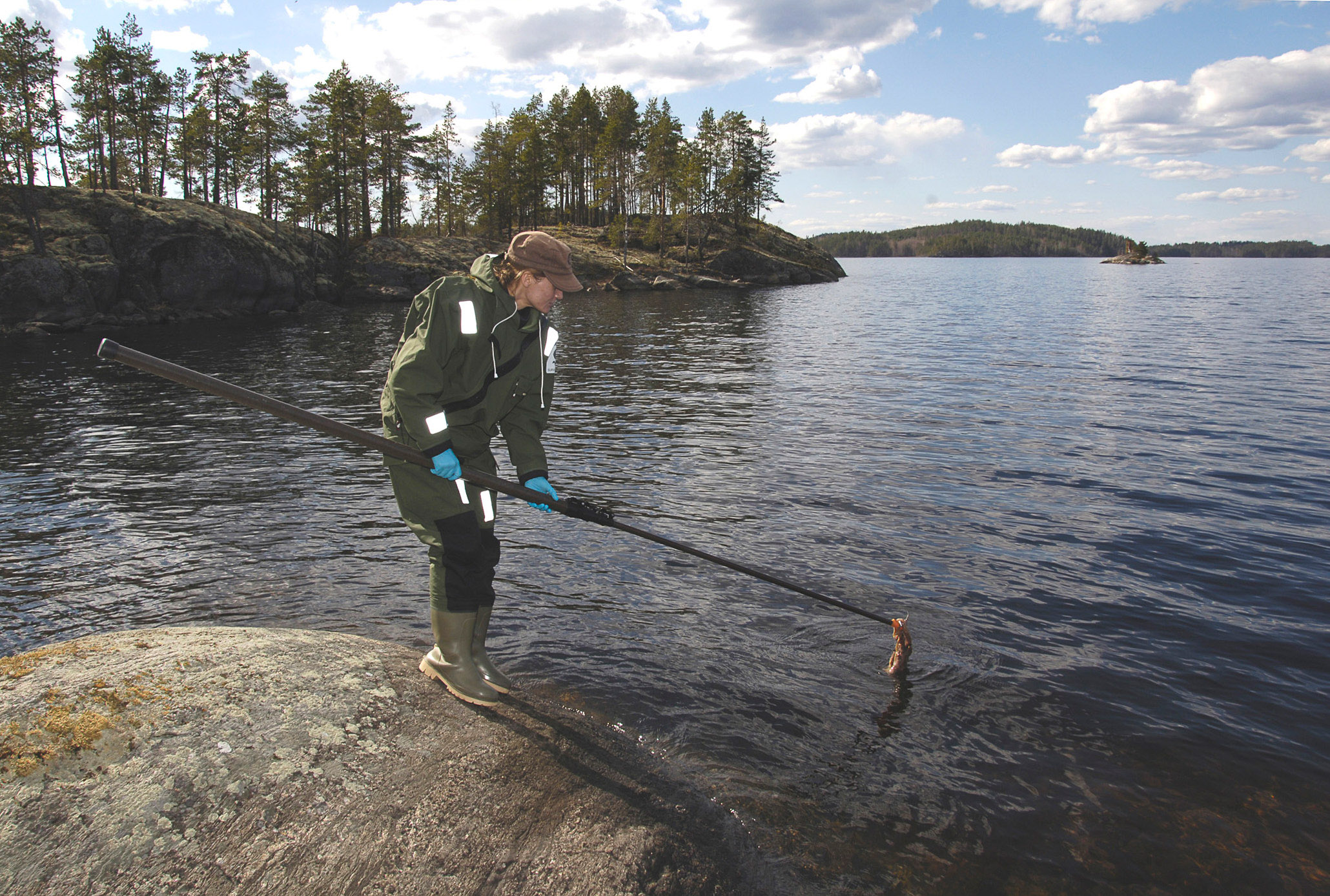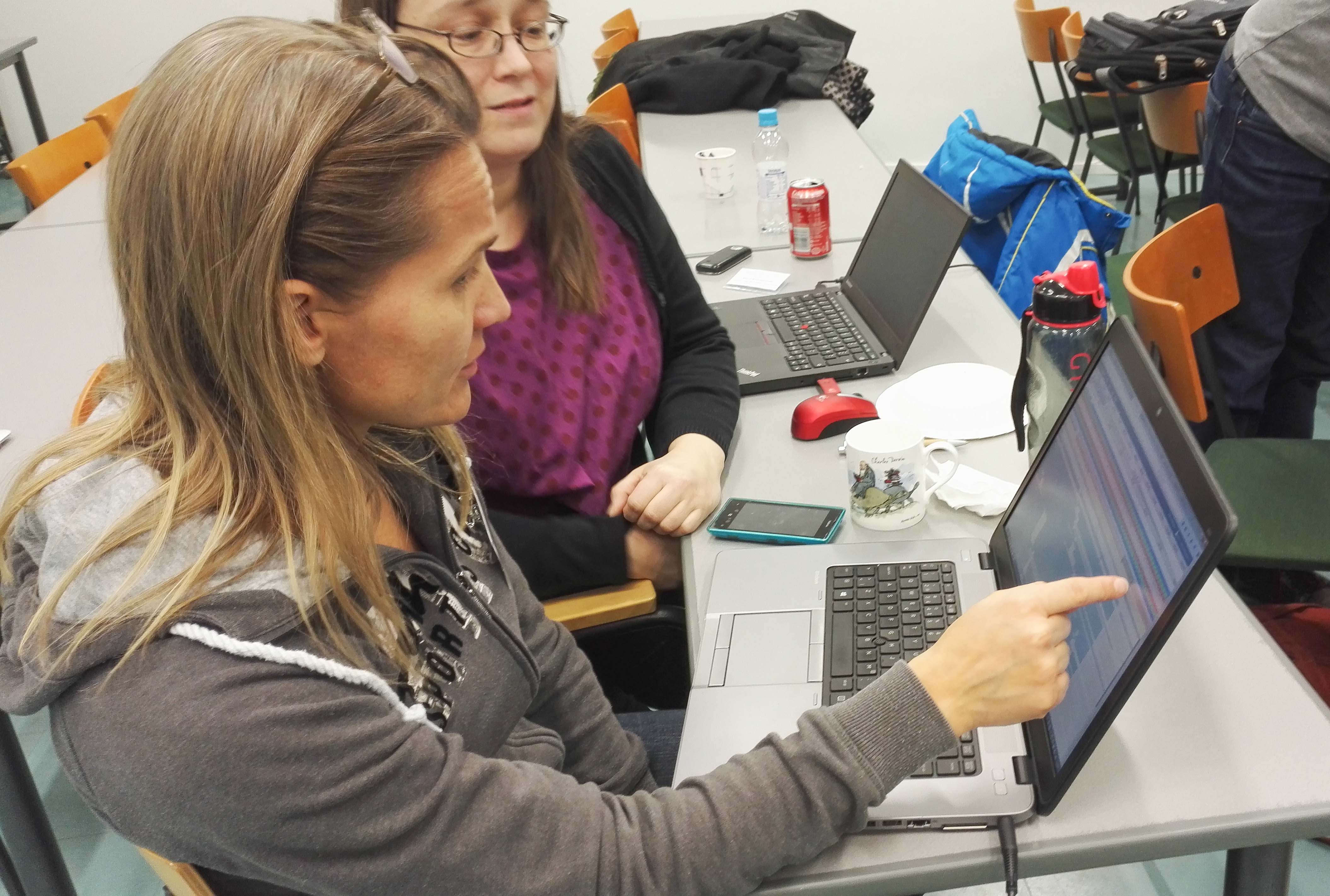Tommi Nyman Research
Molecular Ecology in Arctic and Subarctic Ecosystems

Modern research in the field of molecular ecology involves a multitude of steps from planning and conceptualization to sample collection, generation of genetic and ecological data, bioinformatics, statistical analyses, visualization, and writing. Because all of these steps are challenging, research projects are done collaboratively, involving several specialists for each step of the ladder that eventually leads up to a finalized publication. The diversity of my past and ongoing research projects has led to collaboration with over 200 researchers across the world; these specialists can be found in the articles on the Publications page. The list of supervised people below includes postdoctoral researchers, postgraduate and graduate students, and research visitors who have participated in various research activities of the Joensuu Molecular Ecology Group at the University of Eastern Finland and later at NIBIO Svanhovd in Norway.
Ludmila Sromek
Postdoctoral researcher and research visitor 2020–2023. Ludmila's research targets comparative host–parasite phylogeography and the determinants of parasite species richness and genetic diversity in isolated and endangered seal populations. Her core studies are based on genome-level data on Echinophthirius seal lice and Corynosoma helminths collected from different seal species and populations across the Holarctic region. Ludmila's investigations combine both population-genomic and phylogenomic approaches, and form a part of the project Maintenance of species and genetic diversity in endangered host–parasite systems. The project was initiated with a three-year SONATINA postdoctoral grant awarded by the National Science Centre of Poland in 2020. Currently, Ludmila holds an Lecturer position at the Institute of Oceanography at the University of Gdansk in Poland.
Saskia Wutke
Postdoctoral researcher 2015–2019 in the Deep divergences line of the Academy-funded project Resolving deep divergences and rapid radiations in the order Hymenoptera. Saskia uses targeted capture and high-throughput sequencing of ultraconserved elements (UCEs) to infer macroevolutionary patterns in niche use, speciation–extinction dynamics, and global biogeography of the symphytan lineages of the hyperdiverse insect order Hymenoptera. Saskia received a three-year postdoctoral researcher grant from the Academy of Finland in 2020 and is stationed at the UEF's Department of Environmental and Biological Sciences in Joensuu, Finland.
Ryosuke Nakadai
Visiting postdoctoral researcher 2018–2019 in the research groups of Anu Valtonen and Tommi Nyman at the University of Eastern Finland. Ryosuke's postdoctoral project Phylogenetic insights into tritrophic interactions in northern plant–herbivore–parasitoid networks was funded by the Japan Society for the Promotion of Science, with additional grants for laboratory work obtained from private Finnish foundations. Ryosuke's diverse research interests include, for example, large-scale latitudinal variation in herbivory. He currently holds an Associate professor position at the Yokohama National University in Japan.
Genguyn Niu
Postdoctoral research visitor to the University of Eastern Finland in 2015. Gengyun's six-month postdoctoral project Molecular phylogeny of Chinese lineages of the subfamily Tenthredininae was funded by the Ministry of Education and the Construct program of the key discipline in Hunan province, China. Gengyun currently holds an Associate professor position at the College of Life Sciences at the Jiangxi Normal University.
Tobias Malm
Postdoctoral fellow 2009–2012 in the project Diversification of plant-feeding insects over millions of years: what is the role of dramatic climate changes? Tobias' work focused on reconstructing the evolutionary history of resource use and diversification in the ancestrally plant-feeding sawfly lineages of the order Hymenoptera based on phylogenetic data. The three-year project was funded by a grant from the Kone Foundation to Niklas Wahlberg (Lund University) and Tommi Nyman. Tobias is coauthor of the freely available VoSeq sequence and voucher database application, and works as a Collection manager at the Swedish Museum of Natural History in Stockholm.
Vincent Biard
PhD student 2018–2025 in the project Moulting behaviour of the Saimaa ringed seal: exploration of socio-spatio-temporal fidelity patterns. Individual ringed seals can be identified based on their unique pelage patterns. Vincent takes advantage of this fact in his studies on movement patterns and short- and long-term social interactions among Saimaa ringed seal individuals, which are assessed from a massive database of photographs taken throughout Lake Saimaa in southern Finland by professional and citizen scientists [Read more]. The Photo-ID data will later be combined with population-genomic analyses of placentas collected from breeding sites, which makes it possible to study, for example, long-term breeding-site fidelity of individual females. Vincent's PhD project is supervised by Mervi Kunnasranta (Natural Resources Institute Finland), Milaja Nykänen (University of Eastern Finland), and Tommi Nyman. The thesis is currently in pre-examination and will be defended in March 2025. The project has been supported by a postgraduate grant awarded by the University of Eastern Finland.
Janne Koskinen
PhD student 2016–2022 in a project on spatial and temporal variation of insect communities attacking economically important forest mushroom species. Wild edible mushrooms constitute a substantial source of income and recreation in Nordic countries, but they also support a species-rich community of fungus-feeding insects and associated predators and parasitoids. Janne developed and then applied DNA metabarcoding approaches for assessing how fungus-associated food webs vary across time, space, forest types, and mushroom species, and how latitude influences the diversity of fungus-based trophic networks. Janne successfully defended his thesis Fungus–arthropod food webs in Boreal forests at the UEF in September 2022. The work was supervised by Tommi Nyman, Tomas Roslin (Swedish Agricultural University, Uppsala), and Nerea Abrego (University of Jyväskylä). Funding was provided by the University of Eastern Finland Doctoral Programme in Environmental Physics, Health, and Biology. Janne currently works as a project coordinator at the Finnish Museum of Natural History in Helsinki.
Craig Michell
PhD student 2017–2021 in the Rapid radiations line of the project Resolving deep divergences and rapid radiations in the order Hymenoptera. Craig's thesis work straddled the border between population genomics and phylogenomics, and involved de novo assembly of sawfly genomes, comparative analyses of host-associated genetic differentiation in leaf- and bud-galling sawflies, and metabarcoding-based inference of larval microbiomes. Craig successfully defended his thesis Signatures of host-plant associations in the genomes and larval microbiomes of willow-galling sawflies at the UEF in December 2021. Craig's work was supervised by Tommi Nyman, Marko Mutanen (University of Oulu), and Jaakko Pohjoismäki (UEF), and was funded by the Academy of Finland. Craig continues his genome-based research at the King Abdullah University of Science and Technology in Saudi Arabia.
Paula Thitz
PhD student 2016–2020 in a project focusing on how plants allocate resources to different branches of metabolism. In her work, Paula took advantage of silver birch lines in which the production of condensed tannins had been impeded by RNA interference. In the experiments, genetically manipulated and wild-type control saplings were subjected to environmental stresses such as insect herbivory and UV-B radiation. Paula successfully defended her thesis The ecological roles of condensed tannins, flavonoids and glandular trichomes in silver birch (Betula pendula) at the UEF in December 2020. The project was supervised by Riitta Julkunen-Tiitto (UEF), Lauri Mehtätalo (UEF), Tommi Nyman, and Tendry Randriamanana (UEF). The main funding was provided by the Wihuri Foundation and the South Savo and North Karelia Regional Funds of the Finnish Cultural Foundation. Paula currently works as a postdoctoral researcher at the University of Helsinki
Eeva Ylinen
PhD student 2016–. Eeva investigated the role and maintenance of species and genetic diversity in isolated and endangered host–parasite systems. The main focus was on parasites of Saimaa ringed seals, which have been landlocked and isolated from the substantially larger ringed seal populations in the Baltic Sea and Lake Ladoga for over 8,000 years. The main aim was to elucidate whether the extremely low genetic variability of the Saimaa ringed seal is reflected in the species composition and genetic diversity of associated endo- and ectoparasites and pathogens. The project was supervised by Tommi Nyman and Mervi Kunnasranta (Natural Resources Institute Finland) and was funded mainly by the Raija and Ossi Tuuliainen Foundation and the Betty Väänänen Foundation.
Sanna Leppänen
PhD student 2008–2014 in a project focused on the ecology and evolution of plant–herbivore and herbivore–parasitoid interactions in tritrophic food webs. The studies included comparative phylogenetic analyses of plants, leaf-mining sawflies, and parasitoids, population-genetic analyses of host-associated divergence in willow-galling sawflies, and DNA barcode-based quantitative analyses of parasitoid community structures. Sanna successfully defended her PhD thesis Effect of host-plant use on speciation and parasitoid community structure in internal-feeding sawflies in September 2014. The thesis project was supervised by Tommi Nyman and Heikki Roininen (UEF), and was funded by the Academy of Finland and the Finnish Cultural Foundation North Karelia Regional Fund. Sanna currently works as a Saimaa ringed seal coordinator for the Finnish Association for Nature Conservation.
Mia Valtonen
PhD student 2009–2014. Mia applied mitochondrial control-region sequences and nuclear microsatellite loci to study spatial population structure and loss of genetic diversity in the critically endangered Saimaa ringed seal. She also developed a method for non-invasive genetic monitoring of the Saimaa ringed seal population based on placentas, which can be collected from birth-lair sites after each breeding season. Mia successfully defended her thesis Conservation genetics of the Saimaa ringed seal—insights into the history of a critically endangered population in October 2014. The project was supervised by Tommi Nyman, Mervi Kunnasranta (Natural Resources Institute Finland), Jukka Palo (University of Helsinki), Minna Ruokonen (University of Oulu), and Jouni Aspi (University of Oulu). Mia continued her research in the Saimaa Ringed Seal Genome Project at the University of Helsinki, and now works as a senior scientist at the Natural Resources Institute Finland.
Research visitors and M.Sc. students
Kathryn Fessler: Molecular-genetic assessment of the role of the seal louse Echinophthirius horridus as vector of the seal heartworm Acanthocheilonema spirocauda in northern European seals. (One-year undergraduate research project funded by the Fulbright foundation; UEF & Smith College, USA, 2018)
Elena Papadopoulou: Genetic identification and phylogenetic analysis of tapeworms in Fennoscandian marine and landlocked ringed seals. (Erasmus+ research visitor project; UEF & University of Münster, Germany, 2018)
Elina Koivisto: Construction of a reference barcode library for parasitoids of autumnal moth (Epirrita autumnata) and winter moth (Operophtera brumata). (UEF, 2021)
Teemu Kurki: Sexual dimorphism and growth in the skull of Saimaa ringed seal (Pusa hispida saimensis) – a 3D geometric morphometric approach. (UEF & University of Helsinki, 2020)
Miika Kotila: Phylogenetic tests of the sensory drive hypothesis and James’ rule in the diversification of the bat superfamily Noctilionoidea. (UEF & Universidade de Aveiro, Portugal, 2017)
Juuso Paappanen: Distribution, phenology, and prey selection of Cerceris (Hymenoptera: Crabronidae) wasps in Finland. (UEF, 2017)
Perttu Anttonen: Effect of diet breadth on intraspecific genetic diversity in plant-feeding insects. (University of Oulu & UEF, 2017)
Iida Koistinen: The impact of wolf (Canis lupus L.) on the structure of the Finnish moose population. (UEF, 2016)
Jenny Kilpiäinen: Breeding time and reproductive success of three raptor species in relation to climate change in North Karelia, Finland 1979–2014. (UEF, 2016)
Niina Tuoresmäki: Occurrence and genetic identification of Strongylus vulgaris and other intestinal parasites of horses in Finland. (UEF, 2015)
Reijo Koivisto: DNA barcoding of parasitoid community structure in gall-inducing sawflies. (UEF, 2013)
Hanna Buuri: Identification of female Saimaa ringed seals (Phoca hispida saimensis) based on microsatellite genotyping of placentas collected from breeding sites. (University of Oulu & UEF, 2013)
Kaisa Värri: Factors affecting speciation in Pontania sawflies. (UEF, 2011)
Kaisa Heimonen: Spatial and temporal variation of herbivorous insect communities in a primary tropical rainforest. (UEF, 2010)
Mirja Hyttinen: Resource competition in the waterfowl community of Lake Särkijärvi in Liperi. (UEF, 2008)
